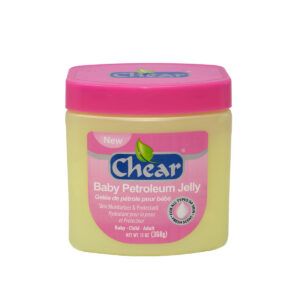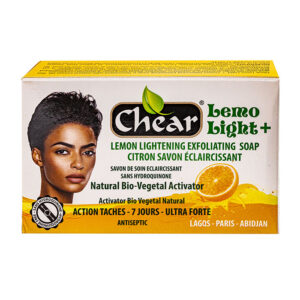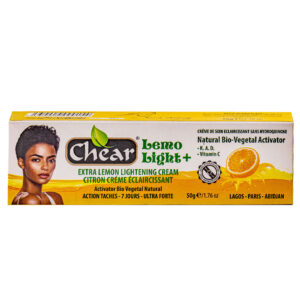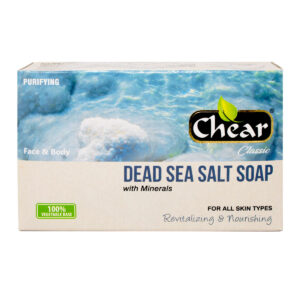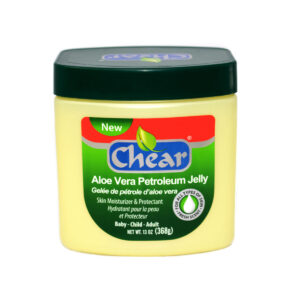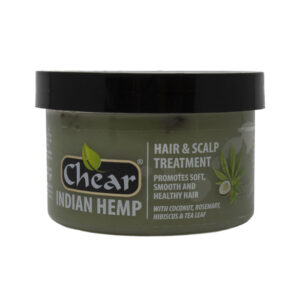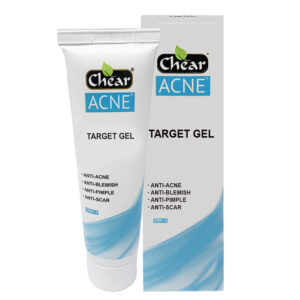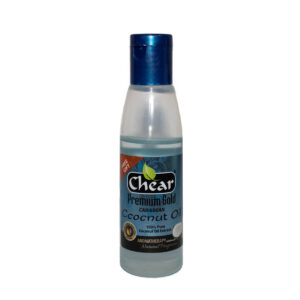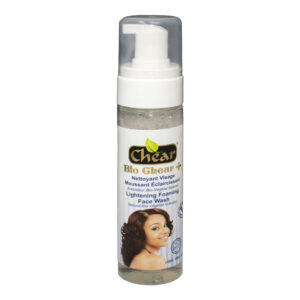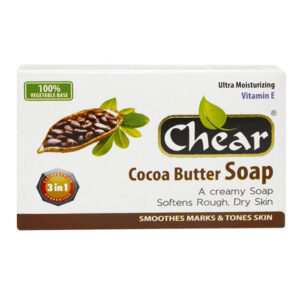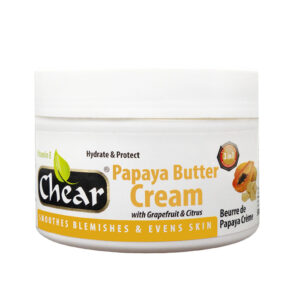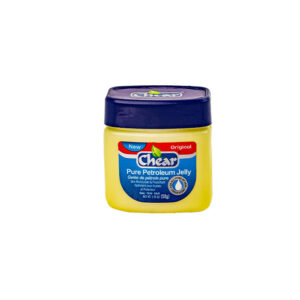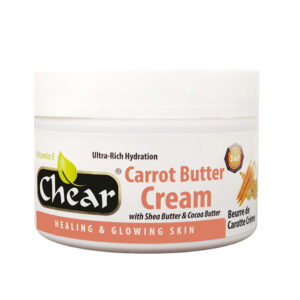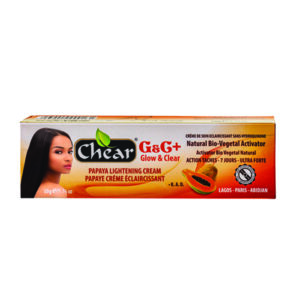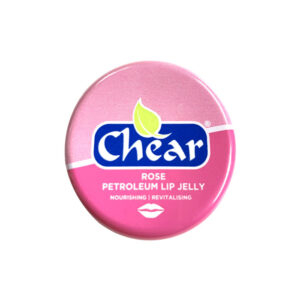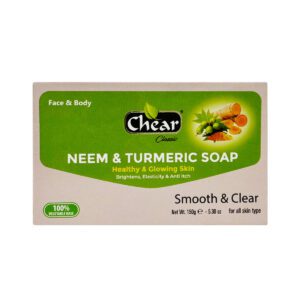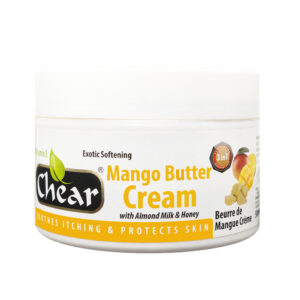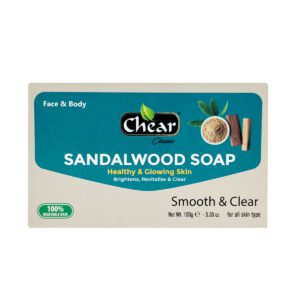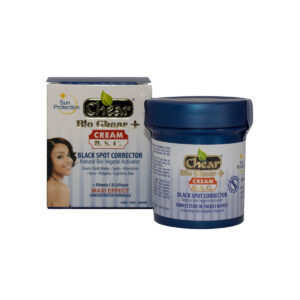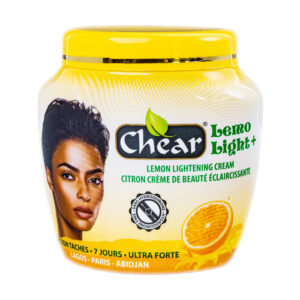- Home
- Beauty Tips
- Unravelling Petroleum Jelly Skin Safety
Unravelling Petroleum Jelly Skin Safety
Myths, Facts, and Chear Benefits
Dive into petroleum jelly skin safety for cosmetics. Understand its ingredients, production process, skin safety profile, and dispel myths linking it to car petrol. Plus, explore the benefits of Chear Petroleum Jelly with research-backed insights.
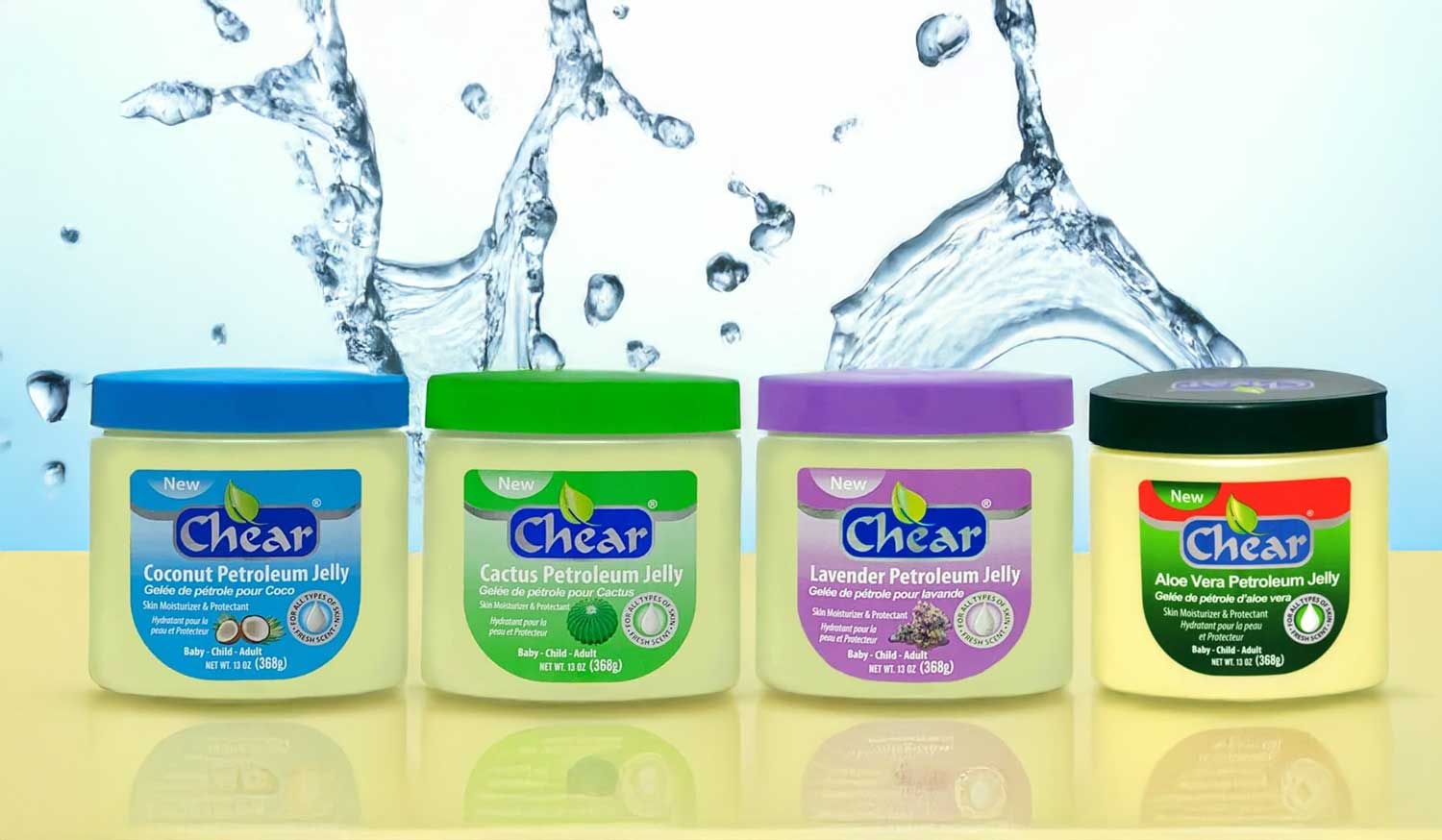
In the world of skincare, few ingredients spark as much debate as petroleum jelly. Often hailed as a versatile moisturiser, it appears in everything from lip balms to body creams. Yet, concerns about its origins and safety persist, particularly the misconception that it’s akin to the petrol fueling our cars. This blog delves deeply into the safety of petroleum jelly for the skin, examining its role in cosmetics, the production process, and whether it’s truly safe for your skin. We’ll also address common myths and highlight the benefits of Chear Petroleum Jelly, a product line that exemplifies its positive applications.
Backed by sources from medical journals, science reviews, the NHS, Cosmetic Ingredient Review (CIR), EWG’s Skin Deep, and CosmeticsInfo.org, this exploration aims to provide clarity and confidence in your skincare choices. Additionally, we’ll consider various perspectives, from dermatological efficacy to regulatory standards, to ensure a balanced view.
What is Petroleum Jelly in Cosmetics?
Petroleum jelly, also known as petrolatum, is a semi-solid mixture derived from petroleum. In cosmetics, it serves primarily as an occlusive agent, forming a barrier on the skin to lock in moisture and protect against environmental irritants. Unlike active ingredients that penetrate deeply, petroleum jelly works on the surface, making it ideal for dry, chapped skin or as a base in formulations.
From a chemical standpoint, it’s composed of hydrocarbons, long chains of carbon and hydrogen atoms. This structure gives it a waxy texture that’s odourless and colourless when properly refined. CosmeticsInfo.org explains that petrolatum is used in over 20% of skincare products, including bath oils, cleansers, and sunscreens, due to its ability to enhance product stability and skin feel. Moreover, it’s recognised by the FDA as a safe over-the-counter skin protectant.
However, not all petroleum jelly is created equal. Variants like those in Chear Beauty’s range incorporate natural extracts such as aloe vera or cocoa butter, blending the base’s protective qualities with additional soothing properties. For instance, Chear Aloe Vera Petroleum Jelly combines hydration with aloe’s calming effects, making it suitable for sensitive skin.
How is Petroleum Jelly Made?
The production of petroleum jelly begins with the extraction of crude oil, but it undergoes extensive refinement to become the cosmetic-grade product we know and love. Initially, crude oil is distilled to separate lighter fractions, such as petrol, from heavier residues. The residue, known as vacuum residuum, is then de-asphalted and dewaxed to remove impurities.
Next, hydrotreating a process involving hydrogen under high pressure purifies the mixture by removing sulphur, nitrogen, and aromatic compounds. Filtration through bone char or activated carbon follows, ensuring the final product is clear and free of contaminants. Infinity Galaxy details this as a multi-step blending of waxes and oils, resulting in a stable, semi-solid gel.
Historically, Robert Chesebrough patented the process in 1872 by distilling rod wax from oil rigs, as noted in Wikipedia. Modern methods emphasise purity, with patents like US7851663B2 exploring synthetic routes for even higher quality. This rigorous purification distinguishes cosmetic petroleum jelly from industrial petroleum products, ensuring it’s safe for topical use.
In contrast, car petrol is a volatile liquid from earlier distillation stages, rich in short-chain hydrocarbons unsuitable for skin application. Therefore, the production pathway for cosmetic jelly prioritises safety and inertness.
Is Petroleum Jelly Safe for the Skin?
When it comes to the safety of petroleum jelly for skin, the consensus among experts is reassuring, provided it’s highly refined. The Cosmetic Ingredient Review defers to FDA assessments, which approve petrolatum for cosmetic use without restrictions, citing its low allergenicity and non-comedogenic nature.
A comprehensive review in the Journal of the American Academy of Dermatology (JAAD) highlights the non-flammable and non-allergenic properties of this product, with rare cases of irritation reported. Dermatologists like Dr Lily Talakoub affirm it’s safe for all skin types, with minimal risk of reactions.
However, concerns arise from potential contaminants, such as polycyclic aromatic hydrocarbons (PAHs), if the refinement process is incomplete. The Campaign for Safe Cosmetics notes that properly refined petrolatum poses no health risks, but unrefined versions could contain carcinogens. In the EU, regulations mandate complete refinement and documentation to avoid such issues.
EWG’s Skin Deep rates petrolatum as a low to moderate hazard. For sensitive skin, the NHS recommends it for conditions such as sunburn or hay fever, advising application to the nostrils to trap pollen. A study in PubMed on post-surgical wounds shows that it promotes healing by maintaining moisture without increasing the risk of infection.
From another angle, environmental perspectives question the sustainability of petroleum, but for direct skin safety, evidence supports its use when sourced responsibly.
Debunking the Myth: Petroleum Jelly vs. Car Petrol
One persistent misconception is that petroleum jelly in cosmetics is essentially the same as car petrol, leading to fears of toxicity. However, this couldn’t be further from the truth. Petrol is a flammable liquid composed of volatile hydrocarbons, such as octane, designed for combustion in engines. In contrast, petroleum jelly is a purified, semi-solid byproduct from heavier oil fractions, devoid of those volatile elements.
Scientific sources dispel this myth emphatically. A JAAD review addresses such misconceptions, noting petrolatum’s refined nature eliminates harmful components. The David Suzuki Foundation warns about PAHs in poorly refined petrolatum but clarifies it’s not inherent to the ingredient.
Moreover, Quora discussions backed by science explain that while crude petroleum components can be carcinogenic, the refining process for jelly removes them, unlike petrol, which retains irritants. Clinically’s blog reinforces that refined petrolatum is non-toxic and suitable for sensitive skin.
From a regulatory viewpoint, Health Canada, the U.K. and the EU require cosmetic petrolatum to be free of carcinogens, unlike automotive fuels.
The Benefits of Petroleum Jelly for Skin Health
Petroleum jelly offers numerous benefits, supported by peer-reviewed studies. Primarily, it acts as an occlusive moisturiser, reducing transepidermal water loss by up to 99%, as per Healthline’s review of surgical healing studies. This makes it excellent for healing minor cuts, burns, and dry skin.
A PubMed study on atopic dermatitis maintenance therapy reveals that petrolatum enhances barrier repair and exhibits antimicrobial effects, thereby preventing infections. Another study in the Journal of Clinical Nursing demonstrates its efficacy in preventing diaper rash by creating a protective layer.
Additionally, the Mayo Clinic notes its similarity to skin proteins, which aids in treating chapped lips and cuticles. For elasticity, a comparative study found it superior to olive oil in reducing desquamation.
From a multi-angle perspective, it’s cost-effective and versatile, outperforming some natural alternatives in occlusion without comedogenicity, as per JAAD. However, for those who prefer botanicals, variants with additives can amplify their benefits.
Spotlight on Chear Petroleum Jelly: A Superior Choice
Chear Petroleum Jelly stands out in the market for its focus on skin nourishment and protection. Available in variants such as Original, Baby, Aloe Vera, Cocoa Butter, and Coconut. These products blend pure petroleum jelly with natural enhancers.
Chear’s Pure Petroleum Jelly, available in sizes ranging from 50g to 368g, is a multitasking hero that locks in moisture and helps heal chapped skin.
What sets Chear apart? It emphasises natural ingredients, skin protection, and addressing the skin’s diverse needs. Compared to generic options, Chear’s variants offer added benefits without compromising the base’s safety. Users report superior softness and barrier strength, aligning with studies on enhanced formulations.
In essence, Chear exemplifies why petroleum jelly remains a staple, effective, safe, and adaptable.
Final Thoughts
The safety of petroleum jelly for skin is well-established through rigorous scientific research and regulation. From its refined production to proven benefits in healing and moisturising, it outperforms many myths. By choosing products like Chear Petroleum Jelly, you gain not just protection but enhanced skincare tailored to your needs. Always patch-test new products and consult a dermatologist if you have concerns.
References
- NHS Advice on Hay Fever: https://www.nhs.uk/conditions/hay-fever/
- NHS Sunburn Guidance: https://www.nhs.uk/conditions/sunburn/
- Whittington Health NHS Trust Wound Care: https://www.whittington.nhs.uk/document.ashx?id=4652
- South Tees Hospitals NHS Foundation Trust Burns Advice: https://www.southtees.nhs.uk/resources/minor-burns-and-scalds/
- Royal Devon NHS Wound Care Leaflet: https://www.royaldevon.nhs.uk/media/eeylvtpw/patient-information-leaflet-care-of-your-stitched-wound-after-your-surgery-rde-19-137-002.pdf

Chear Beauty @ Sonik Products Ltd | Company No: 3184821
Chear Beauty @ Sonik Products Ltd, Block C, Woodside End, Wembley Alperton, Middlesex HA0 1UR




